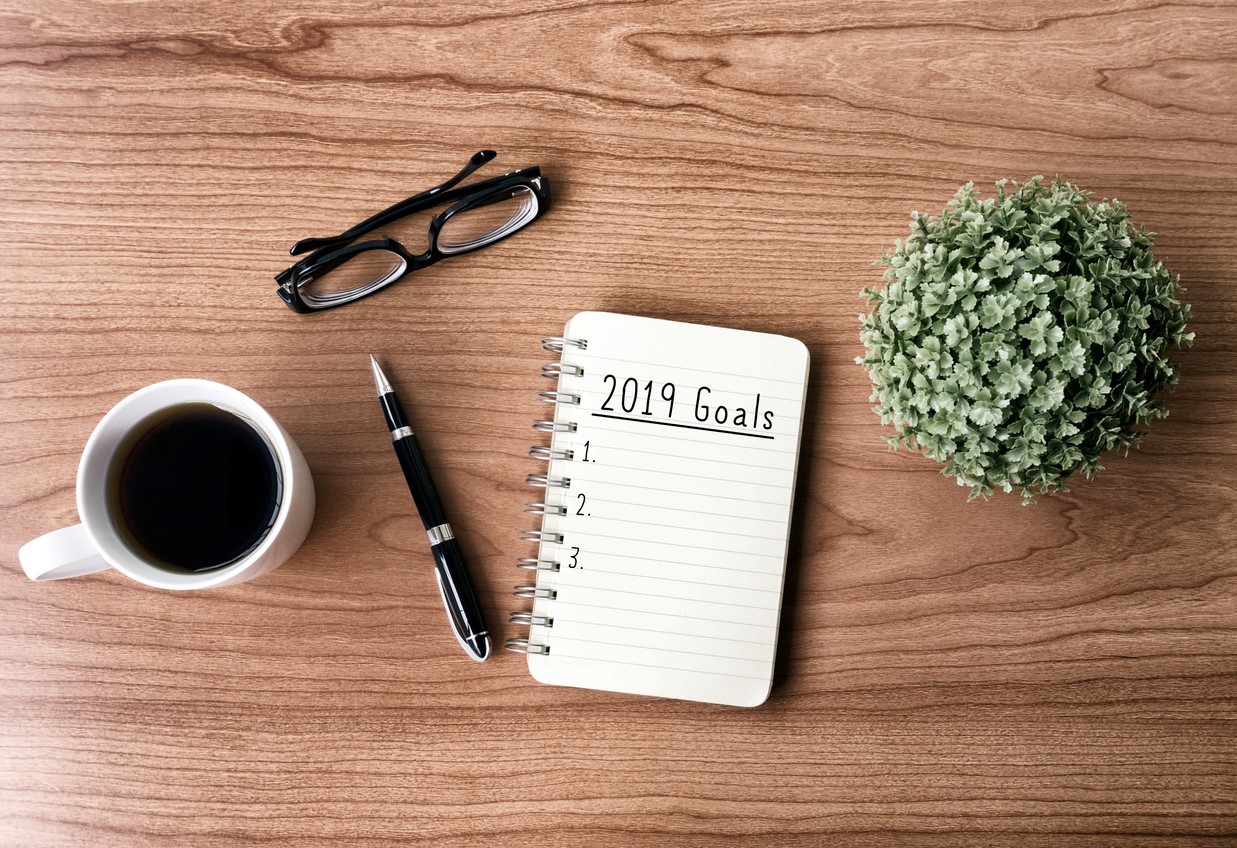 With the financial year done and dusted, at the moment you might be more concerned with digging up old receipts and calling your accountant than with what the future holds. But from building up an emergency fund to blasting debt, tax time is the perfect time to start thinking about setting goals for the new financial year.
With the financial year done and dusted, at the moment you might be more concerned with digging up old receipts and calling your accountant than with what the future holds. But from building up an emergency fund to blasting debt, tax time is the perfect time to start thinking about setting goals for the new financial year.
So whether you’re gearing up for your first or fiftieth tax return, here are three tips to kick-start a successful new financial year and prepare you for a cruisy tax season next time around.
1. Use this year's tax return wisely
With the 2018 average tax return clocking in at $2,574, it’s tempting to treat yourself to a spending splurge. But using this tax return more effectively could help you inch closer toward hitting your financial goals next year.
For example, if your goal is to own a home, then you may be better off putting the money toward your home deposit, rather than a shopping spree or the latest iPhone. Or if you’ve been meaning to clear some lingering credit card debt, your tax return could be a great starting point to pay off that balance and save on interest.
Let’s break that down. Say you had a credit card debt of $4,400 and began making monthly repayments of $200 to pay it off. If you were being charged interest at the average rate of 17.10%, not only would it take more than two years to pay the balance off, you would’ve also paid $917 in interest. But if you started by putting a $2,574 tax return towards paying off the debt and then making regular $200 repayments, it would take less than a year to pay off and cost you just $144 in interest.
2. Plan your future claims
No matter what kind of work you do, you might want to have a rough plan of your upcoming tax deductible purchases. Buying a new pair of work boots? A new laptop? What about home office supplies? Spend some time jotting down the work-related purchases you plan to make in the upcoming financial year.
Not only will planning ahead give you an estimated work budget for the next 12 months and help you plan for those expenses, but having a list of all your intended purchases to refer back to next tax time is handy to make sure you don’t forget anything. When June rolls around again, will you remember the one-off charitable donation or new office chair you just bought? Having it written down should make claiming your deductions easier.
3. Start tracking your tax deductions
Once you’ve got a list of all your potential tax deductible purchases for next year, the next step is to keep track of them.
Everyone knows that keeping receipts is essential if you’re planning to claim a purchase on your tax return, but some claims take a little more effort. If you’re planning to claim for things like working from home or travel expenses, remember you can only claim the portion of the cost that you use for work | mozo.com.au
If you bought a new laptop and work from home, you might use that laptop for work half of the time and for personal use the other half, so start logging the hours you spend working everyday, in case you ever need to produce proof for the ATO. The same goes for your internet and phone bill.
While, traditionally, you might have stored this information in a designated drawer or folder, free apps like myDeductions can help you go digital with your receipts and other expenses. The free app allows you to take photos of your receipts, keep records of expenses and your income if you’re a sole trader.
This article is intended to provide general information of an educational nature only. Information in this article is current as at the date of publication.

